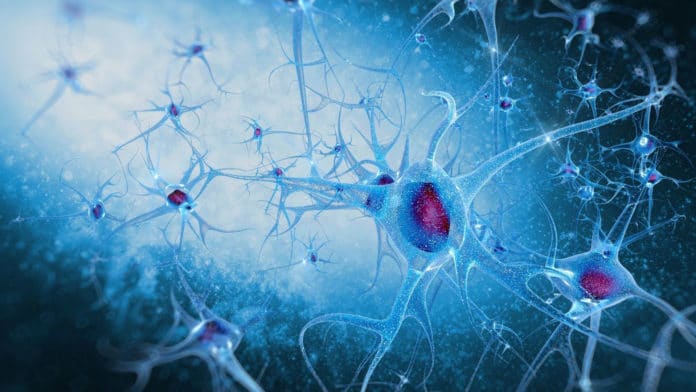Not all anxiety-reducing drugs are effective. Sometimes, they have unwanted side effects. Understanding the brain networks and mechanisms which underlie fear and nervousness might offer another way to develop better treatments for anxiety disorders.
Neuroscientists from Bristol‘s School of Physiology, Pharmacology, and Neuroscience sought to investigate how the brain’s cerebellum influences activity in another brain area called the periaqueductal grey (PAG). They identified a new target that triggers anxiety and fear behaviors such as freezing.
The periaqueductal gray (PAG) is an anatomic and functional interface between the forebrain and the lower brainstem. It plays a significant role in integrated behavioral responses to internal or external stressors. This area lies in the major networks that coordinate survival mechanisms.
For investigation, scientists used animal models. They recorded their activity within the brain‘s PAG region using electrodes. They then applied a conditioning task in which an auditory tone is paired with a small foot shock to form a fear memory and freezing.
Scientists found that a subset of brain cells within the brain’s PAG area increases their responsiveness to the conditioned tone, consistent with encoding a fear memory.
When there are alterations in cerebellar output during conditioning, the subsequent timing of fear-related neuronal activity in the PAG becomes less precise. Simultaneously, the duration of fear-related freezing behavior was increased.
Based on these results, scientists confirm that the cerebellar-periaqueductal grey interactions contribute to fear conditioning processes. They also found that the controlling direct cerebellar-PAG pathway caused impairments in fear-conditioned freezing and ultrasonic vocalizations.
The study’s lead authors, Dr. Charlotte Lawrenson and Dr. Elena Paci explain: “Until now, little was understood about how the cerebellum modulates neuronal activity in other brain regions, especially those related to fear and anxiety. Importantly, our results show that the cerebellum is part of the brain’s survival network that regulates fear memory processes at multiple timescales and in multiple ways, raising the possibility that dysfunctional interactions in the brain’s cerebellar-survival network may underlie fear-related disorders and comorbidities.”
This study offers new insights into the way the PAG encodes fear memory. It provides evidence that the cerebellum is an additional essential structure in the brain regions that contribute to the fear/anxiety network.
Journal Reference:
- Lawrenson CL et al. Cerebellar modulation of fear behavior and memory encoding in the PAG. DOI: 10.1101/2021.02.17.431584
